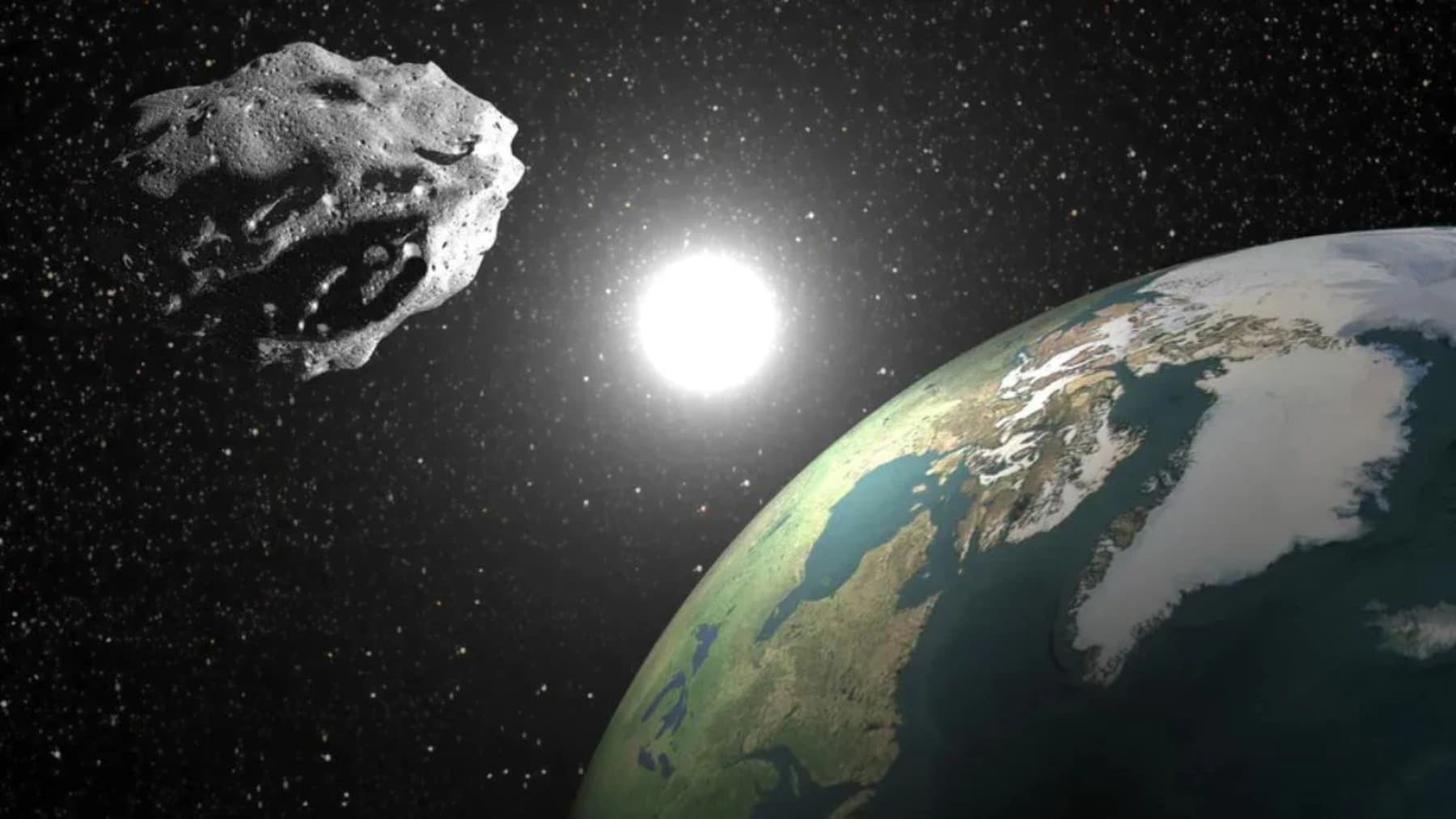Earth’s New Cosmic Companion: The Discovery of Quasi-Moon 2025 PN7

Astronomers have recently identified a small celestial object named 2025 PN7, which is being described as a new companion to Earth. While some headlines call it a “new moon,” scientists clarify that it behaves quite differently from our familiar Moon. This object belongs to a special class known as quasi-satellites, bodies that share Earth’s orbit around the Sun and appear to accompany our planet for decades at a time.
2025 PN7 was discovered by the Pan-STARRS observatory in Hawaii in August 2025. It is a tiny object, measuring only about 19 metres in diameter. Unlike the Moon, which is gravitationally bound to Earth and orbits it directly, this new companion travels around the Sun in a path nearly identical to Earth’s. Because of this synchronized orbit, it seems to hover near our planet, looping around us in a complex pattern as both bodies circle the Sun.

Researchers estimate that 2025 PN7 has been following Earth’s orbit since around 1957, quietly accompanying us through space for almost seven decades. Models suggest it will likely remain in this configuration until around 2080, before drifting away under the gravitational influence of the Sun and other planets.
Although the term “new moon” makes for catchy headlines, 2025 PN7 is not a true satellite. A real moon is captured by a planet’s gravity and orbits it directly. A quasi-moon, on the other hand, remains under the Sun’s gravitational pull but moves in such a way that it seems to orbit the planet it trails. This distinction makes 2025 PN7 more of a cosmic companion than a second moon.

The discovery is scientifically significant for several reasons. First, it expands our understanding of the near-Earth environment, showing that small celestial objects can share Earth’s orbit for long periods without colliding or drifting away quickly. Second, studying such quasi-satellites helps astronomers refine their models of orbital dynamics and gravitational resonance. These insights are useful for predicting the movement of near-Earth asteroids and for planning future space missions that could target such objects for study or exploration.
2025 PN7 also raises intriguing questions about the classification of moons. Where should we draw the line between a moon, a quasi-satellite, and a temporary capture? Such questions help astronomers rethink how we define planetary companionships in the solar system.
For now, 2025 PN7 poses no danger to Earth. It is far too small and distant to see with the naked eye and follows a stable orbit that keeps it well away from any collision path. To ordinary skywatchers, its presence will go unnoticed, but for scientists, it represents a quiet reminder that our planet’s journey through space is not a lonely one.

As telescopes and survey technologies improve, astronomers expect to find even more quasi-moons accompanying Earth and other planets. Each new discovery helps paint a richer picture of the dynamic and interconnected system that is our solar neighborhood.
